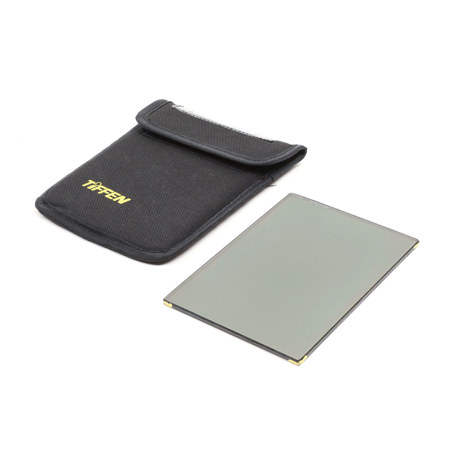



See Options
1 Year
$18.99
2 Year
$31.99
3 Year
$43.99
Need help? Ask our experts.
Review Summary
Extend coverage on pre-owned products after the retailer warranty ends and protect photo & video gear from accidental damage with Adorama Protect.
If we can’t fix it, we’ll replace it at no additional cost.
Coverage for pre-owned gear begins after the retailer warranty ends, plus accidental damage protection for photo/video gear that starts on day one.
Enjoy your gear without fear. We have you covered!
When regular use of your product over time results in mechanical or electrical failure.
We will never charge you a deductible after the purchase of a plan.
Our claims process is simple & easy and our customer service team is happy to help.
Adorama Protect powered by Extend is available for purchase to customers in the United States. Not available for International and U.S. territories purchases. Plans on pre-owned items do not cover pre-existing damages.
Browse our FAQ
Neutral Density Infrared
4x5.65" (100 x 140 x 4mm thick)
0.6 (2-Stop)
Reduces ISO by 1/4
Yes
Reflects infrared light from digital still cameras
Digital photography
Color Core Glass
The Tiffen 4x5.65" Neutral Density (0.6) Infrared Color Core Glass Filter appears grey and reduce the amount of light reaching the film. They have no effect on color balance. Color shift is a critical factor in digital photography. This color shift is directly affected by the infrared spectrum. Specifically, in high definition photography, the sensitivity of imaging sensors to IR has become a challenge. This is particularly evident when using standard neutral density filters that absorb visible light but pass infrared.
Unlike many photographic films, the CCD or CMOS of a digital camera is inherently susceptible to infrared contamination, even when the manufacturer attempts to reduce this problem by adding an infrared absorbing filter on top of the image sensor. Because these filters do not have a sharp cutoff at the infrared wavelengths there has to be a compromise in order not to exclude visible red wavelengths.
While minor infrared contamination does not normally cause much of a problem for visible images, when using conventional neutral density filters especially denser grades, this issue is multiplied by the filter factor.